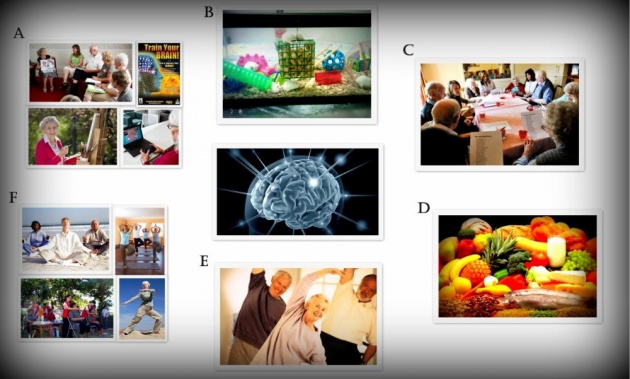
Photo courtesy of Article.sapub.org
What's up guys? How's it going? :)
As promised, here is our research on Cognitive Stimulation Therapy (CST) , the alternative and NATURAL WAY to treat dementia. :)
But wait!

Photo courtesy of Geographysmileyface.blogspot.com
What is dementia again? Dementia is a disorder in which there is diminished mental functioning and possible change in personality. It is generally common among the older people.
For more information, you may hit up on this link.

Photo courtesy of Lyrya.fr
In order for you to get a clearer understanding of the topic, we will focus directly on our Review of Literature and Review of Related Studies which will explain to us mainly the effects of the therapy. The Review of Related Literature will define CST through the guidance of other CST literature writings while Review of Related Studies will answer how did the other previous CST studies / experiments go. Did the experiments succeed or just went down the drain?
Now let's see what CST is!
Welcome to the world of CST!
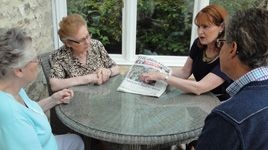
Photo courtesy of Cstdementia.com
I. Review of Related Literature
Cognitive Stimulation Therapy is a brief psychosocial intervention for people with mild to moderate dementia over above (Woods at. al., 2012; Spector et. al., 2003). It offers various enjoyable activities designed to stimulate thinking, concentration, and memory, usually in a small group or other social setting. It was originally derived from reality orientation. The therapy involves fourteen different themed sessions which is designed to run twice a week over a seven-week period.
Video courtesy of Gateway Geriatric Education Center (Youtube.com)
CST can be administered by anyone working with people with dementia, such as healthcare workers occupational therapist or nurses. Sessions aim to actively stimulate and engage people with dementia, while providing an optimal learning environment and the social benefits of a group. CST groups can take place in settings including residential homes, hospitals or day care centers. Practitioners can learn to provide CST treatment for people with dementia by following the CST manual or attending CST training (Spector et al., 2003).
CST also offered improvements in quality of life and well-being however, more research is needed. People, especially those with mild to moderate dementia, may possibly contract not only cognitive benefits from participating in cognitive stimulation program but as well as possible gains to overall well being and one's ability to communicate (Boyle, 2012).
II. Review of Related Studies
In 2003, a study conducted by Spector and colleagues determined whether CST led to changes in cognitive function and quality of life. Appropriate statistical analyses were conducted. The results yielded a statistically significant improvement in cognition. An improvement in communication was also noted in the treatment group but not much in other outcome measures such as behavior, depression, anxiety, and global functioning. They have found that for small improvements or having no deterioration in cognition, CST is not as effective as standard drug treatment. However for larger changes in cognition, CST did as well or better than four out of five drug therapies.
*There is an improved communication skill after CST!

Photo courtesy of Topnews.net.nz
In 2006, Woods and colleagues found no correlation between quality of life and cognitive function at baseline. However, after CST, improvement in quality of life was correlated with cognition. Data was analyzed using an appropriate model. The authors concluded that while quality of life is independent of cognition, therapy to improve cognition can improve quality of life.
Chapman and colleagues in 2004 conducted a study n the combined effect of CST with acetylcholinesterase inhibitors (Without acetylcholinesterase inhibitors, there will be slow neurotransmission in the brain leading to slowly progressive memory) in a group of patients with mild to moderate dementia. The researchers compared the effects of cognitive stimulation plus medication to medication alone. Results were appropriately analyzed using statistical analyses. After following subjects for one year, they found that the treatment group showed a slower rate of decline in cognitive function, discourse ability, ability to perform activities of daily living, and overall global functioning.
*They become more engaging in daily household activities. An example is by cleaning the windows.

Photo courtesy of Videoblocks.com
Knapp and colleagues in 2006 conducted a study with data obtained from the study of Spector and colleagues in 2003 to determine the cost-effectiveness of a CST program. This study compared the service costs between the CST treatment group and control group (group who will receive the usual treatment) for eight weeks to the changes in cognition and the quality of life. This includes the researcher's time, travel expenses, care assistant time and equipment used in the treatment program. Repeated measures were conducted. The study yielded a no significant cost difference between the treatment group and the control group but the authors concluded that under reasonable assumptions, CST has shown as a more cost-effective treatment than the usual.
*No need to worry about the costs as it saves you a lot of money!

Photo courtesy of Medscape.com
The CST would then be defined as more cost-effective than usual activities under the following assumptions: (a) if it is both less costly and more effective or, (b) it is both more costly and more effective, and the decision-maker considers the additional cost to be justified by the improved outcomes or, (c) it is both less costly and less effective and the decision-maker considers savings achieved to warrant giving up some outcome difference.
An interview focusing on the view of the participants, careers and group facilitators towards impacts of CST was conducted by Spector, Gardner, and Orell in 2009. The study aimed to support the results revealed from the previously conducted trial on CST and to aid the establishment of long-term and real-life effectiveness of such interventions (Spector, 2003). Thirty-eight respondents were interviewed including the participants, carers and facilitators. Utilizing detailed analysis, two main themes and seven sub themes of the therapy were identified.
The first identified theme focused on the positive experience of being in a group. Under which are four sub themes which include positive feelings, listening to others and feeling able to talk, sharing a diagnosis, and supportive or non-threatening. The participants of the group therapy viewed CST as an enjoyable and fun opportunity where they can hear and interact with others. They often reported that they looked forward to attending the group every week, and upon doing so had made them feel more positive, relaxed, confident, and as if they had achieved something. Being in the therapy fostered their friendship and togetherness as they do not only mingle with each other but having dementia as a common condition to share also made them felt supported.
The second theme focused more on the impact of CST on everyday life. Three sub themes were recognized namely finding it easier to talk, improvement in memory, and improvement in concentration and alertness. Reports of enjoying the conversational aspect of the therapy had helped participants in engaging more in a group environment. They had become more willing to converse with others and fluency was also noted in conversations. There were also improvements in memory, concentration and alertness such that they had enhanced retaining new information, remembering, and engaging in more self-care and leisure activities
OUR GROUP CONCLUSION
*After attending the therapy, old people are bound to be like this!
Video courtesy of HeyFletch (Youtube.com)
Cognitive Stimulation Therapy is a modern life saver of every older individual struck with dementia. With its cost effectiveness, he can enjoy the benefits of a better life and cognitive functioning. Positive outlook and social skills are improved. While it doesn't reverse the onset of dementia, it has the capacity to slow down its progression leading to a faster memory and healthier well-being.
Research prepared and submitted by : Erika King, Rona Bernardo, Raisa Makasiar, and Jan Ortiz (ME)
This has been my blog for now. I hope you had yourselves enlightened! :) In my next CST blog, we will be highlighting the inside. What are the fourteen sessions of the therapy?
*The different sessions of the therapy.
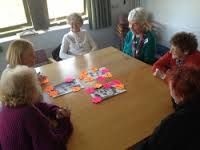
Photo courtesy of Memorymatterssw.co.uk
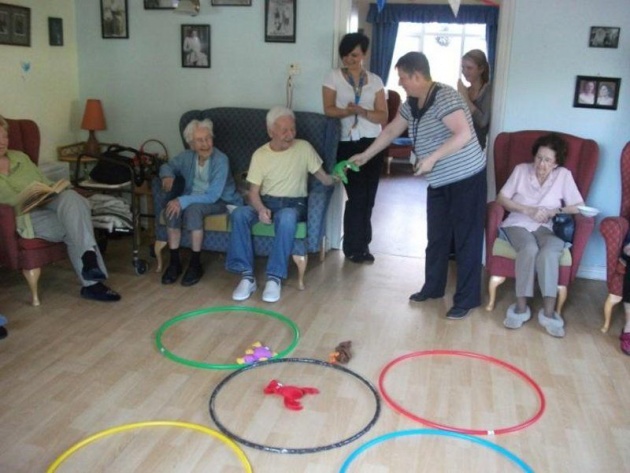
Photo courtesy of Regentscourtcare.co.uk
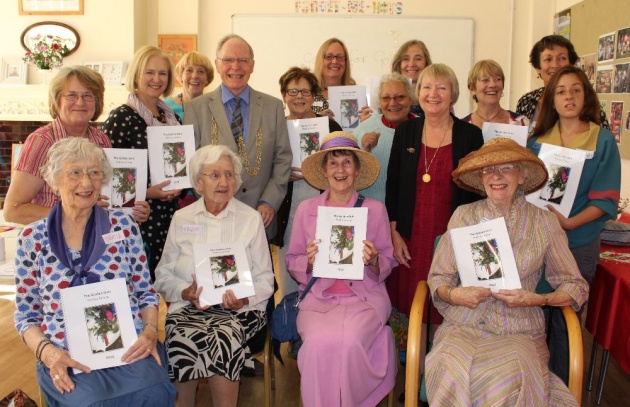
Photo courtesy of Forgetmenotsattheoctagon.com
Do you have any idea what are the sessions? :) If you wish to fully know them, stay tuned with bells on for my next CST blog. :)
This has been your blogger boy Vanity giving you an informative research. Stay healthy in mind and body. See you then! :)



